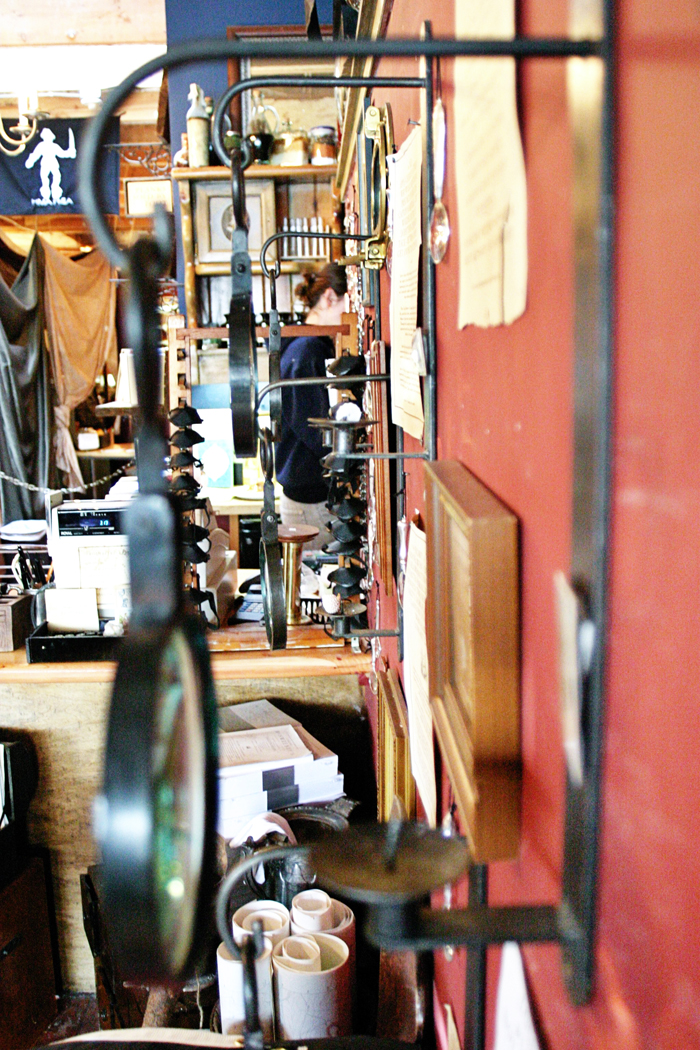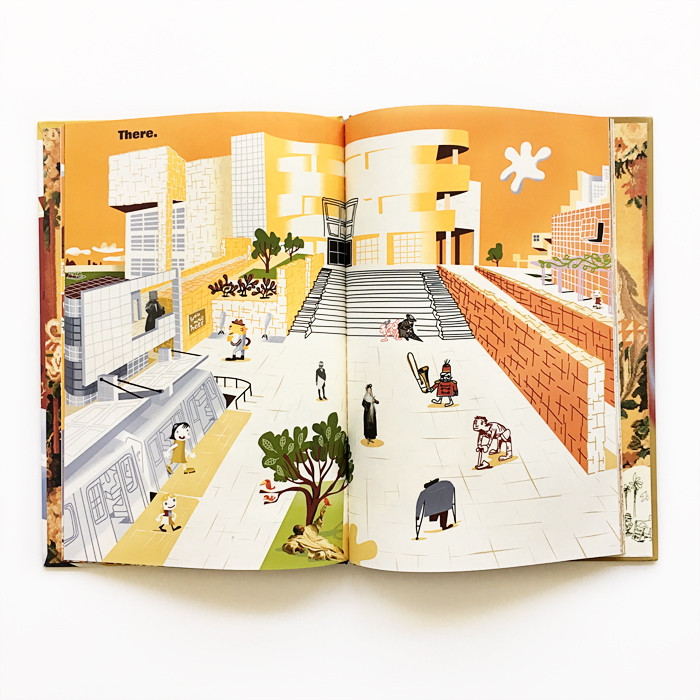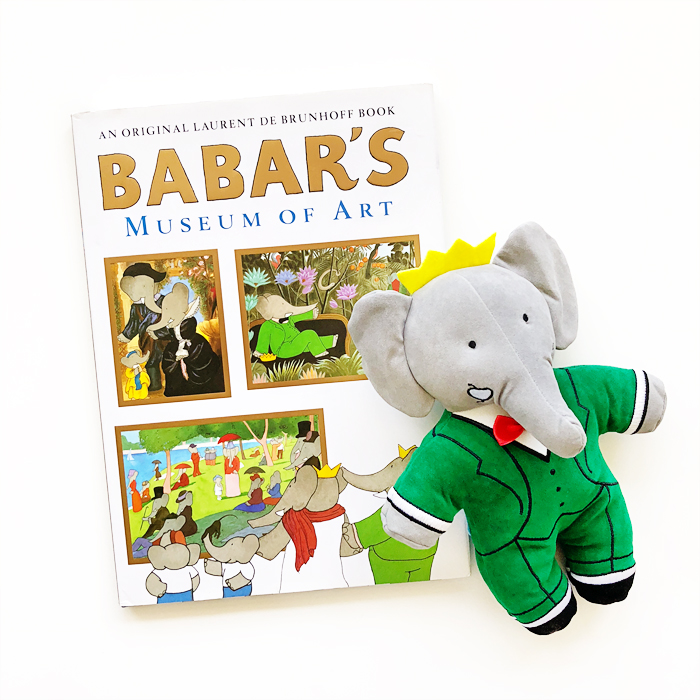Today I’m interviewing Dave Eggers about his newest book, a middle grade novel called The Lifters. Ten years in the making and inspired by the hills north of San Francisco, it’s a suspenseful story that walks the line between magic and real. In his interview, we chat about creativity, his work with 826 Valencia and of course books and writing. Without further ado…
What inspired The Lifters?
First it was the hills just north of San Francisco. About ten years ago, walking there with my then-infant daughter, it struck me that the hills could be hollow, and there could be worlds inside. That was the initial impetus. After that, every year or so some new layer would arrive and add itself to the story — an imploding society, a strong young leader named Catalina Catalan, a hero-in-waiting named Granite Flowerpetal.
What is your hope for the story? What do you want kids to see, think about or come away with after reading it?
I hope they see themselves as able to do heroic things.
What’s a typical day like for you?
Far too much time spent sitting, writing in a yellow chair in my garage.
What are some of your favorite children’s books, past and present?
All of Sendak of course. Dahlov Ipcar’s The Cat at Night. Blueberries for Sal. Mr. Popper’s Penguins. In terms of new books, I love Mac Barnett’s work, and Jory John’s, and Aaron Renier’s. And Kate DiCamillo, I think, is a towering master of the chapter book for young people.
What do you see as some of the best ways to foster creativity in children?
It’s not so hard. Give them time and encouragement. I guess that’s not so easy always. But the time has to come first. Quiet, uninterrupted time to think, write, create, be ludicrous. Then, once they create something ludicrous — because very often it is — that weirdness has to be validated, not squashed. There’s no easier way to discourage a young creative person by telling them, the first time they create, that what they’ve created is not appropriate in some way. It’s all appropriate. We have to let kids, who are all inherently weird, express that weirdness.
What are some of your most memorable experiences working with children at 826 Valencia?
They’re all memorable. Honestly, every single one. A few weeks ago I met a young girl, who was 7, and she was tasked with writing a poem about herself and then recording it in one of our podcast studios. She was so shy at the start! There was another student, much less shy, at the table, and she and I encouraged her for an hour as she wrote, revised, and practiced, and by the time she recorded her work, she was so confident she was bursting. It just doesn’t take that much in many cases to bring out someone’s voice.
When you think about all of the young people who have walked through the doors of 826 Valencia, what have been some of their greatest needs?
Obviously the English-language learners have high needs. If they’re just learning the language and are mainstreamed in their school, it can be like being dumped in the middle of the ocean and made to swim. But they can get there, honestly in a few years of dedicated work and one-on-one attention. I just talked to a young woman who arrived from Guatemala three years ago, at age 14, with no English whatsoever. She learned, thrived, and is on her way to UC Berkeley. We gave her a scholarship to help her with expenses and such, but she’s a force to be reckoned with already. Very often we’re just clearing the path a bit for young people on their way.
When mentoring young people today, what are the best ways we can invest in their lives?
Give support, time and money to organizations that provide one-on-one attention to students, and which make teachers’ lives a bit easier.
What are five books you feel every person should read before they graduate high school?
I’ll name five here, but I think there are probably 50 that I would recommend, with that list being curated a bit for any given student: Leaves of Grass by Walt Whitman; Invisible Man by Ralph Ellison; Half of a Yellow Sun by Chimamanda Ngozi Adichie; Oh Pioneers! by Willa Cather, and The House of Broken Angels by Luis Alberto Urrea. The books that meant the most to me in high school, in large part because my teachers taught them so well, were Catch-22, Macbeth, and Huckleberry Finn, so I’d add those, too.
What advice would you give to writers looking to get their work published?
There has never been a better time to be an aspiring writer. There are more print journals, more online magazines, more forums in general, for writers, than at any time in history. But when you submit your work, be mindful that there are humans on the other end of the process. Too often, at McSweeney’s, people who submit to us think of the (very few—four, in fact) staffers at McSweeney’s as a kind of reading-and-publishing service they’re entitled to, as opposed to a small group of hardworking people who love books. So when you send your work out, be kind, be patient and be human.
We absolutely loved This Bridge Will Not Be Gray, Her Right Foot and we’re looking forward to the publication of What Can a Citizen Do? Will we see any more middle grade or picture books from you in the near future?
There are some more in the pipeline, for sure. After Citizen, Shawn Harris and I are working on the story of how a city grows from a trading post in the wilderness to a modern metropolis. It’s something I’ve been a bit obsessed with for years—a time-lapse look at where societies come from.
Many thanks to Dave for such thoughtful answers and for sharing about his work. Read more on his site about his initiatives, projects and body of work as a writer, journalist, artist, philanthropist, editor and founder of McSweeney’s.
I’m also sharing some photos of the time I visited 826 Valencia back in 2003. They were taken with one of Canon's first digital SLRs, so please excuse the noise. ;)
























